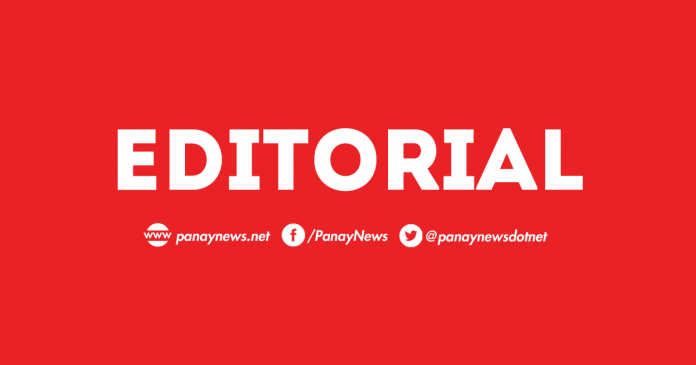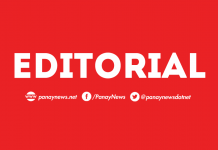
HEALTHCARE is often viewed as an expense rather than an investment. Governments, businesses, and even individuals tend to allocate resources reactively — spending more on hospitalizations and treatment rather than focusing on disease prevention. However, Iloilo’s “Puso Para sa Puso: Movement for Healthy Hearts” has shown that a well-designed preventive healthcare program does more than save lives — it also saves money.
Since its inception, the initiative has helped control hypertension, a leading cause of cardiovascular disease, and has successfully reduced heart-related deaths in the province by 30%. But beyond its medical impact, the program has generated substantial economic benefits, saving an estimated P370 million in potential hospitalization costs. This figure represents families spared from financial ruin, hospitals relieved of overcrowding, and public funds redirected toward other essential services.
Hypertension and cardiovascular diseases have long been silent economic drains. When patients require hospitalization, the financial burden extends beyond medical bills. Productivity losses due to illness-related absences, long-term disability, and premature deaths weaken the labor force and slow economic growth. For low-income families, a single hospitalization can push them deeper into poverty, forcing them to take out loans or sell assets just to afford treatment.
On a larger scale, hospitals struggle with limited resources, often overwhelmed by preventable cases that could have been managed through early intervention. This cycle places undue strain on both public and private healthcare systems, reducing their capacity to handle emergencies and other critical illnesses.
Iloilo is a model for smart investment in public health. Its success shows the economic logic of proactive rather than reactive healthcare spending. By integrating blood pressure screening into routine barangay health center visits, thousands of high-risk individuals received early diagnosis and timely interventions, preventing costly complications. Mobilizing barangay health workers to conduct house-to-house checkups and distribute maintenance medicines ensured that hypertensive individuals remained on track with their treatment, reducing the risk of hospitalization. Its e-Registry system provided real-time tracking of hypertensive patients, allowing for efficient medication forecasting and distribution, reducing wastage, and ensuring that resources were used effectively.
If every province in the Philippines were to adopt a similar approach, the country could save billions in healthcare costs annually. Investing in preventive programs does not require building new hospitals or purchasing expensive equipment; it requires a shift in priorities. Every peso spent on disease prevention translates to hundreds of pesos saved in future treatment costs.
Iloilo’s experience has shown that investing in prevention is far cheaper than paying for the consequences of neglect. If Iloilo can save P370 million, imagine what the entire country could achieve with a nationwide commitment to prevention.







